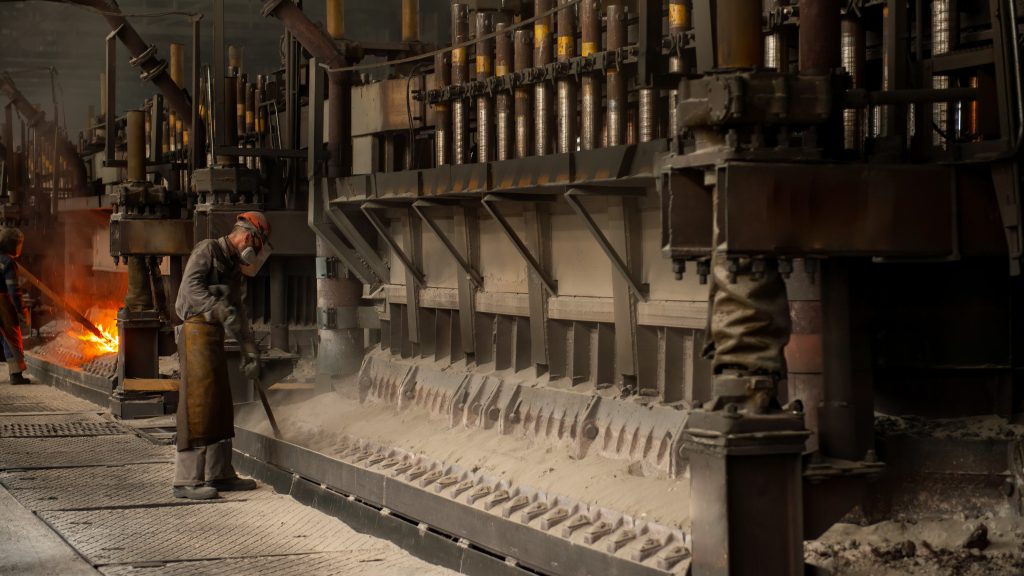
China is seeking public feedback on a plan to include cement, steel and aluminum production in its carbon emissions trading scheme by the end of the year, the Ministry of Ecology and Environment said on Monday.
Including these three additional sectors could bring the greenhouse gas covered by the exchange to around 60% of the country’s total, the ministry said, more than the emissions of the US. The plan will be open for public scrutiny until Sept. 19.
China will expand the ETS over two stages, familiarizing participants with its processes between 2024 and 2026 and improving management and the quality of emissions data, while reducing quota allocations to businesses, from 2027.
Carbon allowance quotas, which permit companies to emit a certain volume of carbon dioxide, will initially be allocated to enterprises free of charge. In the first stage, there will be no upper limit on allowances, and firms that emit more will be granted a larger quota.
Beijing established the China Carbon Emission Trading Exchange in July 2021 as part of a drive to bring carbon emissions to a peak before 2030 and to become carbon neutral by 2060. But the market has only covered the power sector since its inception.
Looming carbon tariffs from the European Union have put pressure on China to accelerate its decarbonization of heavy industrial sectors.
The EU tariffs were introduced to tackle the problem of “carbon leakage”, which allows businesses to avoid carbon costs by sourcing products from countries with weaker climate compliance.
Starting from 2026, importers of steel, fertilizer, cement and chemicals will pay levies based on the carbon footprint of the products they buy.
(By Ethan Wang, Amy Lv, Siyi and David Stanway; Editing by David Goodman and Jan Harvey)
Comments